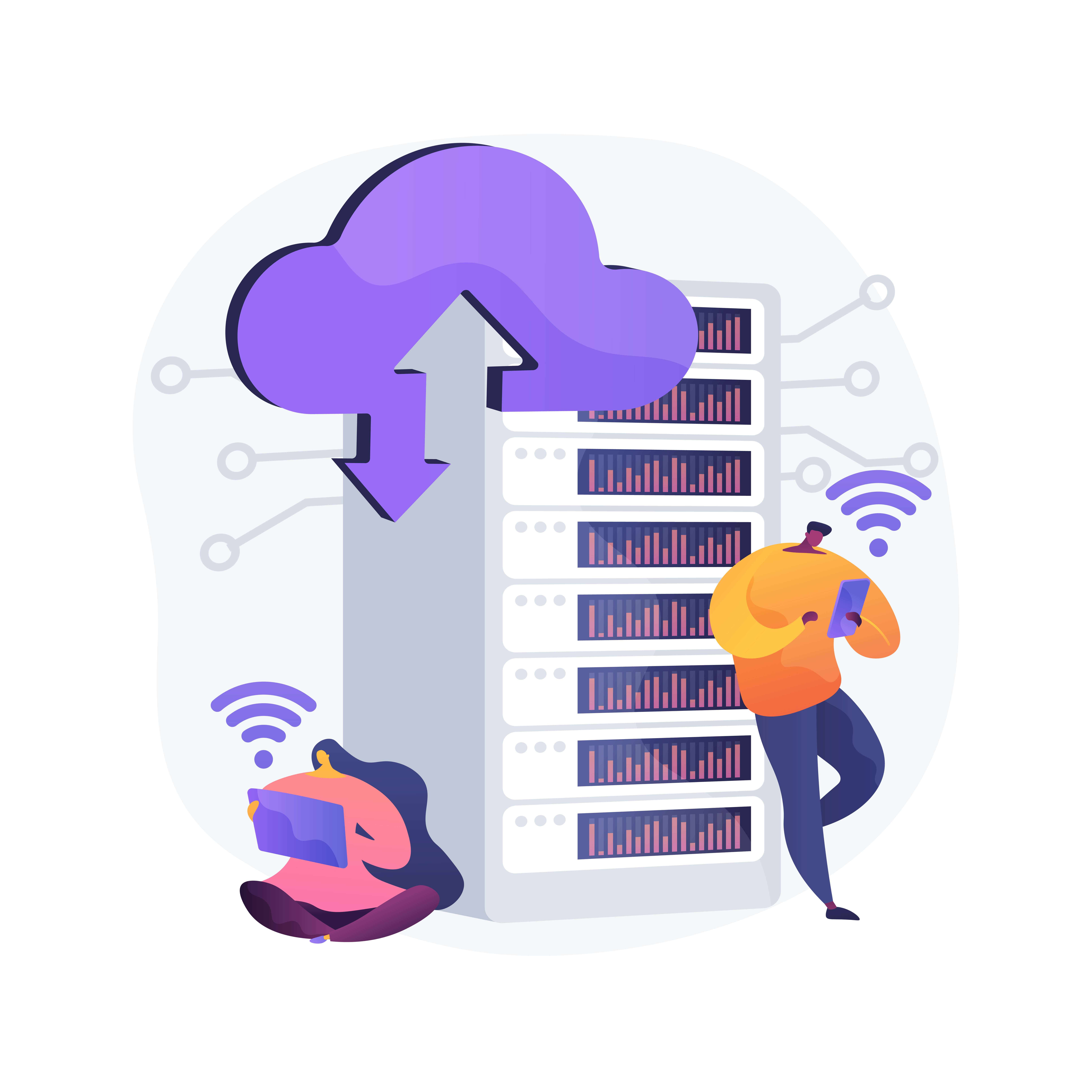In today’s interconnected world, data transmission plays a crucial role in enabling communication between devices and networks. Whether it’s sending a message, streaming a video, or accessing a website, data is constantly being transmitted from one point to another. Understanding the basics of data transmission and how proxies work within this context is essential for both individuals and businesses aiming to ensure secure, fast, and reliable communication.
What is Data Transmission?
Data transmission refers to the process of sending digital or analog data from one point to another using various technologies such as cables, wireless connections, or fiber optics. The data can be anything from text, images, or sound to more complex types of information, such as encrypted files or software updates. Data transmission typically occurs through one of two major types analog and digital.
Analog Transmission
In analog transmission, data is sent as continuous signals, typically in the form of waves. This method is often used in older technologies, like traditional radio broadcasting or telephony, and is not as common in modern digital networks.
Digital Transmission
In digital transmission, data is converted into binary code (a series of 0s and 1s) and sent over various mediums. This is the dominant method of transmission used in contemporary technology because it is more efficient, secure, and less prone to interference.
Both forms of transmission are reliant on communication protocols, which are predefined sets of rules that ensure data is properly packaged, transmitted, and interpreted at the receiving end.
The Role of Proxies in Data Transmission
A proxy server is an intermediary between a user’s device and the internet. When a user sends a request to access a web resource, the proxy server intercepts the request, processes it, and forwards it to the destination server. Similarly, the response from the destination server is relayed back through the proxy to the user. Proxies offer several advantages when it comes to data transmission
Anonymity and Privacy
A proxy masks the user’s IP address, thereby protecting their identity and location. This can be useful for individuals who wish to browse the internet anonymously or for companies that need to safeguard sensitive data during transmission.
Security
Proxy servers can provide an additional layer of security by filtering out malicious traffic, blocking access to certain websites, and encrypting transmitted data. This is particularly beneficial for organizations handling confidential information.
Access Control
By using proxies, businesses and schools can restrict access to specific websites or control the content their users are allowed to view. This can prevent unauthorized use of resources and increase productivity.
Load Balancing
In larger systems, proxies can be used to distribute incoming traffic among multiple servers, preventing overload and ensuring smoother data transmission.
Types of Proxies
There are several types of proxy servers, each with unique benefits and uses in data transmission
Forward Proxies
A forward proxy acts on behalf of a client (or user) by forwarding requests to the internet. It’s useful for managing outgoing traffic, controlling access, and ensuring privacy.
Reverse Proxies
In contrast, a reverse proxy acts on behalf of the server. It receives incoming requests from users, processes them, and then forwards them to the correct server. Reverse proxies are typically used to enhance security and balance server loads.
Transparent Proxies
Transparent proxies intercept and process requests without altering the user’s IP address. They are often used in organizational networks to enforce policies without impacting user experience.
Anonymous Proxies
These proxies anonymize users by hiding their IP addresses, thus providing privacy and security when accessing the internet. They are popular among individuals looking to safeguard their browsing activities.
What Are Residential Proxies?
One specific type of proxy that is increasingly being used is the residential proxy. A residential proxy uses an IP address provided by an Internet Service Provider (ISP), rather than a data center. This gives the impression that the user is accessing the internet from a regular residential address, making it more difficult for websites to detect and block the proxy. Residential proxies are favored by businesses and individuals looking to
Avoid Detection
Websites can sometimes detect and block traditional proxies, especially those using data center IP addresses. Since residential proxies use real ISP-provided addresses, they are far less likely to be flagged or banned.
Access Geo-Restricted Content
Many websites restrict access to certain regions. By using a residential proxy with an IP address from the desired country, users can bypass these geo-restrictions and access the content they need.
Perform Web Scraping
Web scraping is the automated collection of data from websites. Many websites restrict scraping activities, but residential proxies allow scrapers to mimic real users and gather information without being blocked.
Conclusion
Data transmission is a fundamental aspect of modern communication, enabling seamless interaction between devices and networks. Proxies, especially residential proxies, play an essential role in ensuring secure, anonymous, and efficient data transmission. Whether for personal privacy, business security, or accessing restricted content, proxies provide a versatile solution for enhancing the data transmission process. By understanding how they work, individuals and organizations can make informed decisions on how to use them to their advantage.
